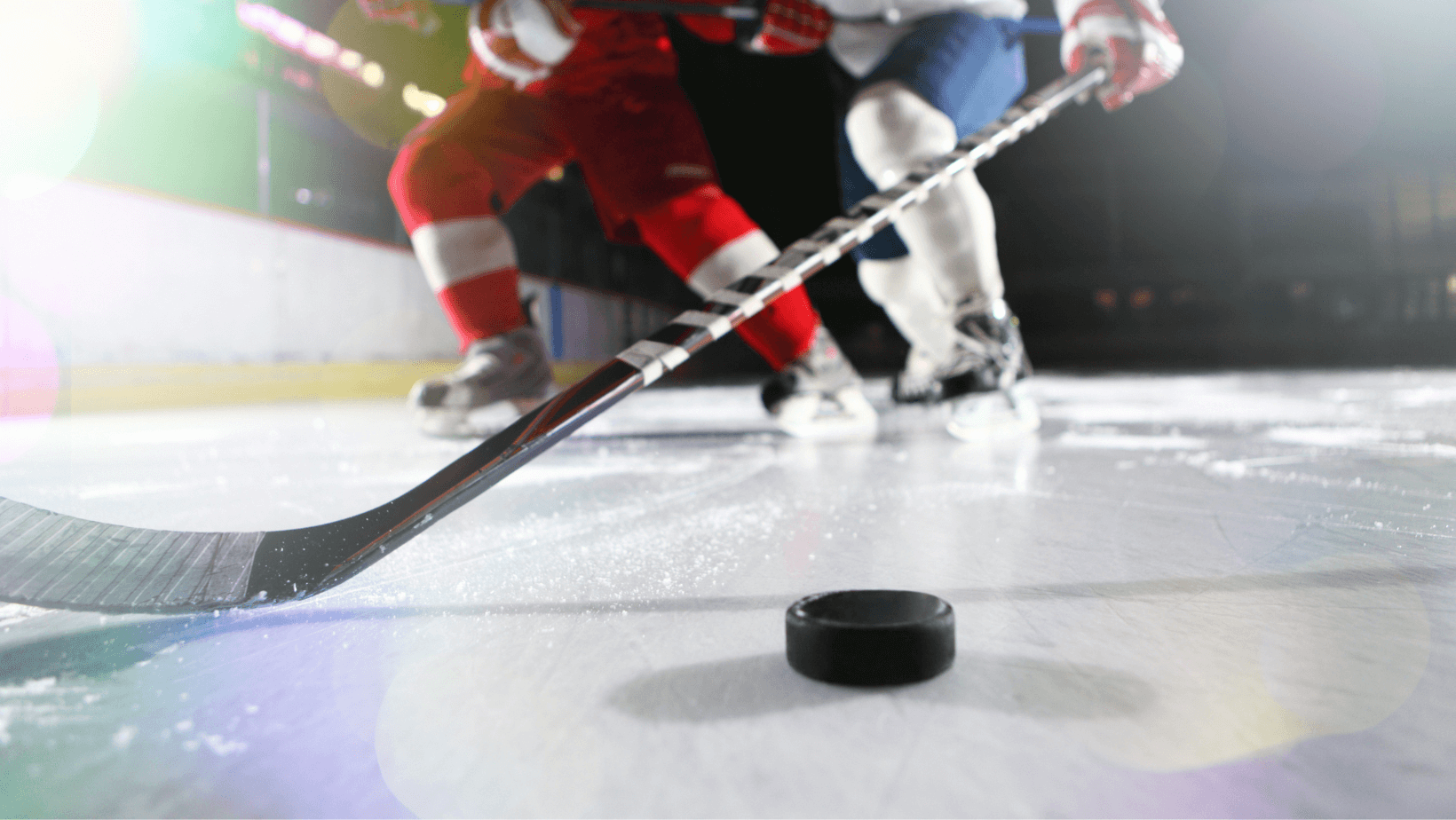
Origins of Ice Hockey
Until recently, it was widely believed that ice hockey evolved from English field hockey and Native American lacrosse. But research in the mid-1980s discovered the mention of a hockey-like game played by the Mi’kmaq First Nations peoples in the early 1800s.
The game played by the Mi’kmaq appears to have been primarily influenced by the Irish game of hurling. Players used a “hurley” (stick) to move a square wooden block across the rink. It’s now widely believed that this was the game that spread throughout Canada in the early 1800s, eventually leading to the creation of modern ice hockey.
As the sport developed, players adopted elements of field hockey, like the “bully” (later the face-off) and “shinning.” This evolved into an informal game known as shinny or shinty. The name hockey – as the organized game became known – is attributed to the French word hoquet, meaning “shepherd’s stick.”

Major Developments
Early versions of the game were played with a wooden block or ball that players would attempt to shoot into the other team’s goal. But an 1860 game at Kingston Harbour, Ontario, Canada featured the first recorded use of a puck instead. Today, hockey pucks are made of vulcanized rubber and are designed for durability. In fact, a 2014 study from the University of Alabama found that a standard puck could withstand 80,000 pounds of pressure before breaking apart.
The first recorded public indoor ice hockey game was held at Montreal’s Victoria Skating Rink in 1875 between two teams of McGill University students. It proved to be nearly as high-contact as many of today’s games. According to the Ontario newspaper The Daily British Whig, “Shins and heads were battered, benches smashed and the lady spectators fled in confusion.”
By the late 1800s, hockey was competing with lacrosse as Canada’s most popular sport. The first national hockey organization, the Amateur Hockey Association of Canada, was formed in Montreal in 1885. National attention was further focused on the game in 1893 when the Canadian governor-general, Frederick Arthur, Lord Stanley of Preston, donated a cup to be awarded annually to the top Canadian team. The three-foot-high silver trophy became known as the Stanley Cup. It was first awarded in 1892–93 to the Montreal Amateur Athletic Association team.

National Hockey League
The National Hockey Association (NHA), the precursor to the National Hockey League, was organized in 1910 and quickly became the sport’s strongest association in North America. But the NHA had its dissenters, and in a move to eject one of the league members, they decided to disband and form a new league. This resulted in the 1917 creation of the National Hockey League (NHL), which went on to become the world’s foremost professional hockey league.
Initially, the NHL consisted of only Canadian teams. But in 1924 the first U.S. team, the Boston Bruins, joined the league. Several other American teams joined in the following years – a few of which quickly exited – and for several decades, the NHL was composed of just six teams. But in 1967, the NHL undertook one of the largest expansions in professional sports history when it doubled in size to 12 teams.
In the years since the league’s inception, a number of figures have emerged as icons of the sport. The Montreal Canadiens have won the most Stanley Cups with a total of 24. They’ve won nearly twice as many championships as the second-closest team, the Toronto Maple Leafs, with 13. When it comes to individual players, Wayne Gretzky has the most records of any NHL athlete. He holds or shares a total of 61 records in the NHL’s Official Guide and Record Book.
Weekly Trivia
Enter your guess to reveal the answer.

